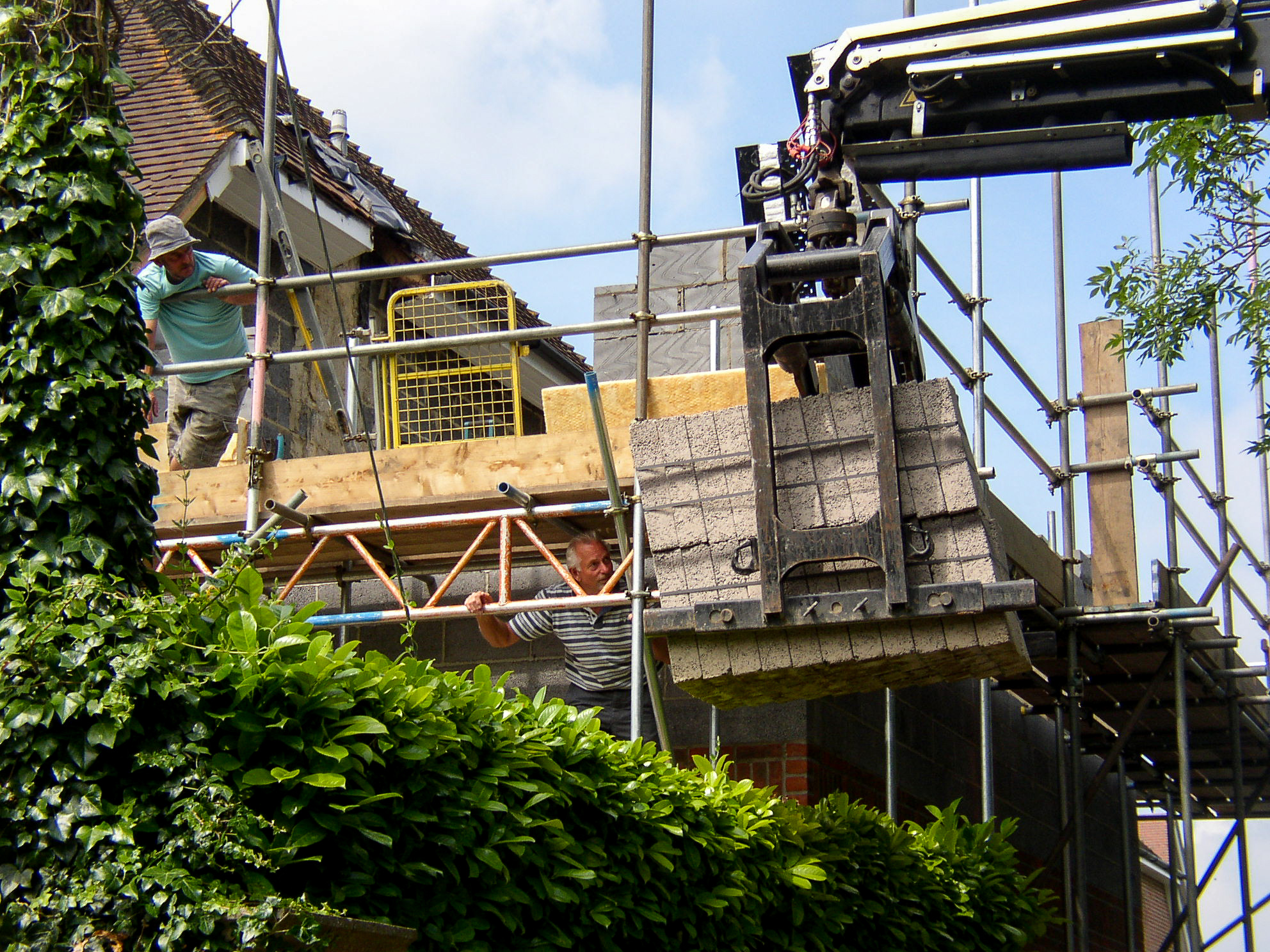How can I negotiate payment terms for my extension?
How can I negotiate payment terms for my extension?
When deciding which builder to use, it is always good to talk about payment arrangements early on in the negotiations before you commit to a contract. If you’re not on the same page about budgets and interim payments, it can cause problems and resentment further down the process.
The secret is to get everything agreed in writing and never pay for any building work upfront.

Before negotiating payment terms, be realistic about your budget and allow an extra 10 per cent contingency fund for any unforeseen costs. You also need to decide if you want your builder to supply the building materials or whether you want to get them yourself and just pay for labour?
If you are just paying the builder for labour, then be prepared to offer weekly regular payments so they have the cash flow to pay contractors. If you’ve asked your builder to provide materials, it’s not unusual for a builder to ask for some material costs upfront. However, be aware that most good builders will have trade credit accounts, so they shouldn’t have to ask you for all material costs upfront. If they do and you’re not happy to pay upfront, offer to pay the supplier direct on the first delivery. That way, you can guarantee ownership of the supplies without any unnecessary worry.
Once you have a final quote, ask your builder to break it down into stages and agree payments in writing. If your builder does not have a standard contract or process for this, ask why not. Having a clear and transparent payment schedule up front will save both parties a lot of headaches later on. Remember each extension build is different but agreeing payments at set stages is a great way to ensure you are paying for work with which you are happy. A standard payment schedule usually has four stages including payment on completion for:
Stage 1: foundations and damp proof course.
Stage 2: watertight structure with walls, doors, windows and roof.
Stage 3: completion of second fix and any garden or patio work.
Stage 4: final payment on receipt of completion statement and any snagging (including waiting for it to rain to check your extension is watertight).
Some builders and home owners may prefer to break the stages down further, so you make smaller payments more often e.g., payment of completion of plaster boards and plastering or paintwork. Some extension payment plans may prefer to divide the total cost into 4 equal payments, paid in arrears with the final payment reserved until all snagging in complete.
A reasonable amount (e.g. 2.5 per cent) and time limit (e.g. 6 months) for any retention of the final invoice needs to be agreed in advance. How much you hold back for snagging varies greatly from 2.5 per cent to 10 per cent of the total build. Holding back payment for snagging is normally done to cover small remedial work on larger build projects.
Ultimately, creating a payment schedule for an extension is the key to a successful build. It helps you avoid any cowboy builders and means you only pay for completed work that meets your happiness standards!
